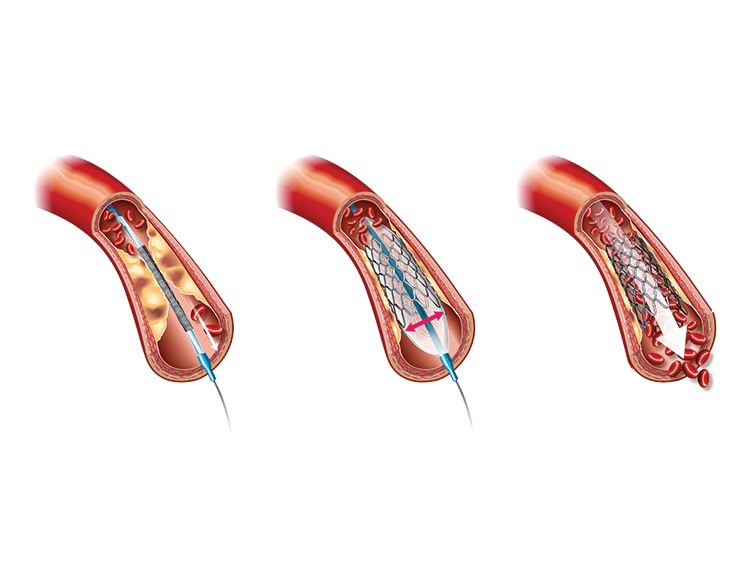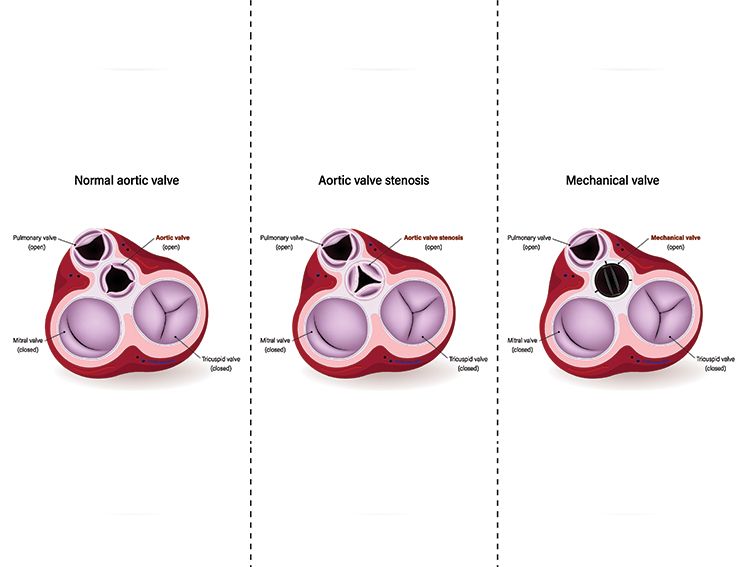
4 warning signs of imminent heart attack
What are the signs of a heart attack?
A healthy heart is a key to an active life and an important driver of good health overall.
There are many determinants of good heart-health, primary among which are a good, balanced diet and sufficient physical exercise. However, in today’s competitive world, it is becoming increasingly difficult to maintain a healthy lifestyle and eating pattern. This has put us at a greater risk of heart ailments, and in fact, heart attacks are becoming more and more common among the young and old alike.
Heart ailments or cardiovascular diseases are one of the leading causes of death across the world. In India, risks are higher and cardiovascular diseases are setting in at younger ages, as reported by a study published in The Lancet Global Health. Heart diseases contributed to 28·1% of total deaths in India in 2016, found the study.
With lifestyle changes and multiple risk factors, we are at a higher risk of a heart attack than our parents and grandparents. There is nothing more efficient than prevention when it comes to keeping heart problems at bay. However, it is also important to know what to look out for if one wants to stay a step ahead of a major cardiac health crisis. It is never too early to start watching out for early signs of heart attack or cardiac disease.
Before we get to what to look out for, here is a quick reminder on the causes of heart attacks:
What causes heart attacks?
In a nutshell, heart attack happens when your heart doesn’t get enough oxygen. This happens when the flow of oxygen carrying blood into your heart muscle itself is affected. Simply speaking, a blockage in your cardiac arteries that hinders the blood flow into your heart muscle can lead to a heart attack.
Early signs and causes of heart disease
In many cases, heart ailments exist or develop over a period of time, without showing any symptoms or discomfort in the patient. While signs of heart attack start to show up days or hours ahead of the actual cardiac event, it is difficult to spot early signs. During one's lifetime, some pre-existing conditions that cause heart disease are easier to spot and control.
- High cholesterol: If you have high cholesterol, you are at a higher risk of developing blockages in your arteries. In turn, you are at a very high risk of contracting heart disease. Don’t take your cholesterol levels lightly. They may be an indicator of what’s to become of your heart. Poor dietary choices and consumption of alcohol are likely to increase cholesterol levels in your blood.
- High blood sugar and diabetes: Diabetes is a very common comorbid condition being seen in a lot of patients, thanks in large part to a sedentary lifestyle and unhealthy eating. Diabetes patients would be well advised to keep their condition under strict monitoring and to make efforts to keep it under control in the interest of better cardiac health.
- Irregular heartbeat: Some people notice a slightly irregular heartbeat, especially after a hot workout session. This is different from racing heartbeats when stressed, anxious or excited. However, if you notice a slight skip a beat often, it is a sign that something is not right. Book an appointment with your doctor if it continues.
- Bloating: Have you noticed that your feet or ankles are swollen sometimes? It could be a sign that blood circulation is occurring sub-optimally, indicating a weak heart. If swelling persists, see a doctor and discuss possible cardiac health issues that can cause this.
- Snoring: What may appear as harmless snoring could also be a sign of heart disease, as both could be connected. Sometimes, people experience interruption in their breathing when they are asleep. It happens when the throat muscles relax and obstruct the breathing. This condition is called sleep apnoea. It can cause your heart to run out of oxygen, especially if you already have blockages in your arteries.
4 warning signs of imminent heart attack you shouldn’t ignore
Not all heart attacks are the same. Therefore, signs of heart attacks vary depending on age, sex and pre-existing conditions. For some, the warning signs of heart attacks are tell-tale and for others they are hardly recognisable.
Here is a list of signs of heart attacks that you shouldn’t ignore:
- Chest pain: This is the most common and prominent sign of heart attack but not everybody feels the same kind of pain. In some cases, a growing sense of tightness in the chest can be the sign of an incoming heart attack. Others may feel periodic chest pains that grow and subside through the day. The discomfort in the chest is a result of the heart not getting enough oxygen.
- Breathlessness: When your heart starts running out of oxygen, it will start affecting other organs. Shortness in breath is yet another sign of heart attack that must be taken seriously and could be fatal. Sweating, too, is a sign of heart attack and means that your body is working hard to get oxygen flowing into your heart.
- Pain in shoulder/arm: An onslaught of heart attack can also be associated with a sharp pain in the left shoulder or arm. Sometimes the pain can be more intense and felt in both arms or shoulder. In some cases, the pain may spread to the back.
- Pain in jaw: People may also experience toothache or pain in the jaw when having a heart attack.
There are many other signs of heart attack such as dizziness, nausea and heartburn. In fact, women may also experience pain in their lower abdomen during a heart attack. The symptoms and their intensity vary from person to person.
When to see a doctor
The short answer is right away. If you are experiencing any of the above symptoms, it is a warning sign of heart attack. Ask your family or friends to rush you to the nearest hospital. Do not drive if you feel that you are having a heart attack.
Treatment for Heart Attack
The first step to treating a heart attack is to diagnose the exact problem. You may have to go through a series of tests for your doctor to locate the plaque or blood clot in your cardiac arteries.
Thereafter, the treatment involves the removal of the plaque. This can be done by less-invasive interventional cardiology procedures or a bypass surgery, as determined by the doctors.
- Angioplasty: In this method, a tube is inserted into your artery to remove the blockage or the plaque. Angioplasty is minimally invasive, where a balloon-tipped catheter is guided using fluoroscopic guidance to the location of the blockage, and the balloon is then inflated to push the blockage radially away. This is usually followed by placing a stent at the spot to keep it open in future. Sometimes, if the blockage or the blood clot is a long one, multiple overlapping stents may be placed to help keep the artery open, an approach which could have its own problems. Meril Life’s BioMime Morph is a specially designed long-length tapered stent system that reduces the need for multiple stents.
- By-pass surgery: As the name suggests, in this surgery, the doctors will redirect your blood flow around the blockage. The surgical procedure uses a part of a healthy artery procured from another part of the body (usually the leg) and used on the surface of the heart to allow regular blood flow to bypass the location of the blockage.
Conclusion
The risk of a heart attack is different for different people. While it is generally believed that heart attacks are more common among the elderly, the trend of heart ailments among the young is also on the rise. At the same time, a study by Harvard Medical School in 2016 has shown that heart attacks can be twice as common among men throughout their lives as they are among women. Your lifestyle choices, such as consumption of alcohol, smoking and an unhealthy diet, could also lead to a heart attack.
Quit smoking, eat healthy, exercise regularly, and you may be able to dodge the bullet altogether.



